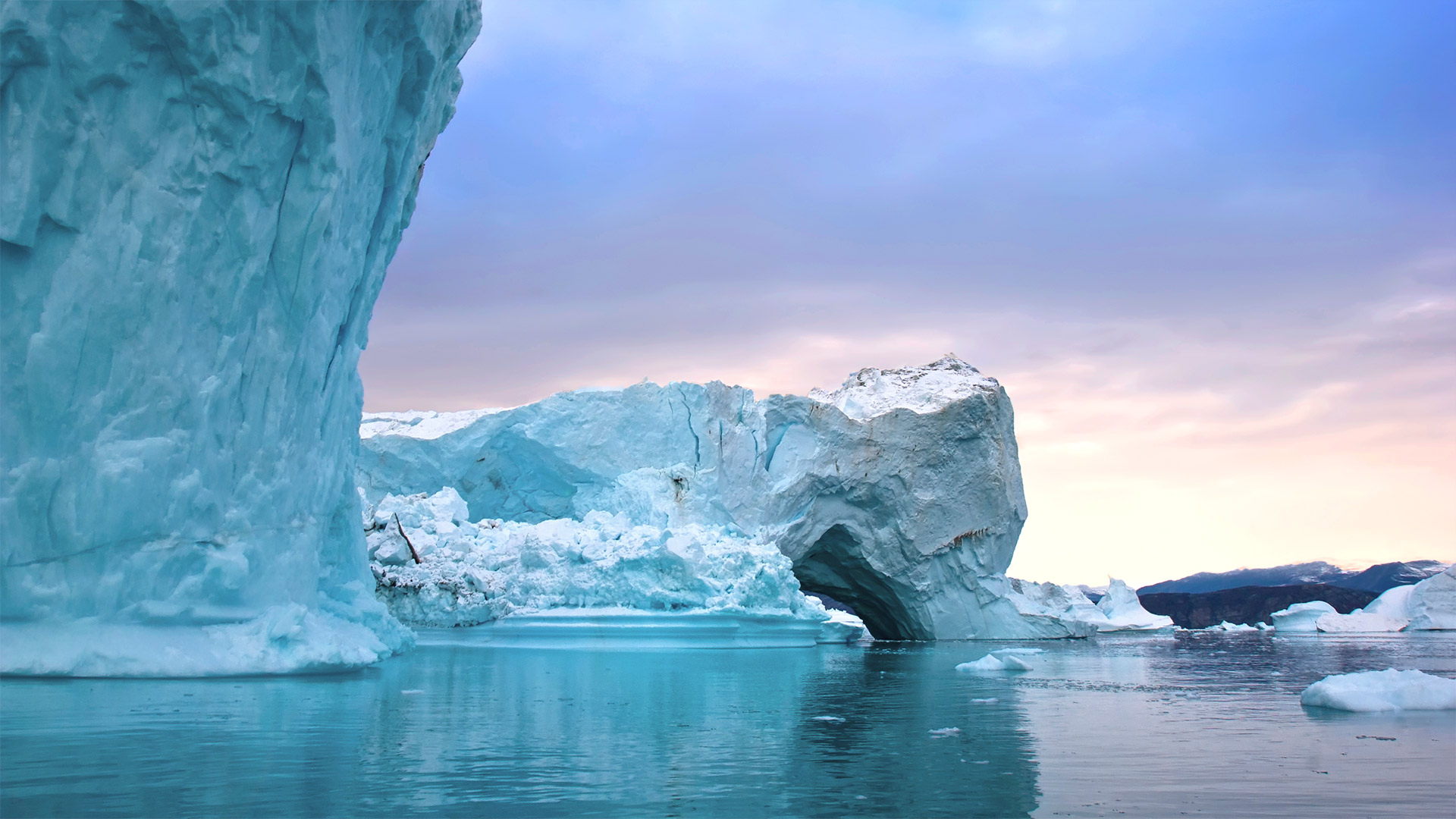Greenland is not a common tourist destination, considering most of the island is covered in a massive ice sheet.
So in lieu of traveling there, here are some facts about Greenland that you might not know.
Gorgeous facts about Greenland

pic.twitter.com/bKLk4FxxvG
— UberFacts (@UberFacts) July 7, 2021
The name is not fitting but served a purpose.
We all know Greenland is not green, but did you know it got its name in order to lure people to move there?
While exiled on icey island, Erik the Red gave Greenland its name in hopes that it would attract settlers.
Most people living there are Inuit.
Today 88% of the island’s population are Inuit, who call their country Inuit Nunaat or Kalaallit Nunaat, meaning Land of the People or Land of the Greenlanders in Greenlandic.
It is pretty big.
Greenland is the world’s largest non-continent island, covering over 840,000 square miles.
That’s larger than France, Germany, Spain, the UK, Italy, Greece, Switzerland, and Belgium combined.
And it’s seriously frozen.
Almost 80% of the landmass of Greenland is covered by ice caps and glaciers. But the remaining 20% is nearly as large as Sweden.
The entirety of Greenland has a population of roughly 56,000. About 17,000 of those people live in Nuuk, the capital.
And old.
Scientists estimate that the Greenland ice sheet is between 400,000 and 800,000 years old.
The Ilulissat Icefjord is the most productive glacier in the Northern Hemisphere and has been named a UNESCO World Heritage Site.
And, they like fishing.
The primary source of income for Greenlanders is fishing. Most exports are halibut and shrimp.
And golf.
In mid-March, Greenland holds the Ice Golf World Championships in Uummannaq.
The golfers play on a course cut between icebergs and in snow fields.
It is considered Denmark territory.
Greenland is an autonomous territory in the Kingdom of Denmark. As a result, grants from Denmark also make up a large portion of income. The island was a Danish colony until 1953, attained home rule in 1979, and began full self-governing in 2009.
The government is a constitutional monarchy, with a 31-member unicameral parliament.
The country sends two representatives to the Danish Folketing, and the nominal head of state is the Danish Queen.
The official language of Greenland is Greenlandic. Danish is a secondary language, and English is widely understood.
But a lot of people want to visit.
The tourism on the island is expanding as well, as climate change has made it easier to explore the region.
And, with good reason.
One of the most incredible phenomena in Greenland is the midnight sun.
Above the Arctic Circle in the summer, the sun doesn’t set for months.
Instead, in many places, it looks like early evening when it’s midnight. Many hotels are outfitted with blackout curtains for this reason.
Mainly to visit the springs.
Greenland is home to a number of hot springs. These springs average 98 to 100 degrees Fahrenheit.
There is so much history.
The Hvalsey Church, the first Christian church on the continent, is one of the best-preserved Norse ruins.
Geographically, Greenland is part of North America. But as a Danish territory, it’s considered part of Europe.
And, summers are beautiful.
July is the only month when Greenland’s temperature reaches above freezing.
The National Day in Greenland is June 21st. It’s celebrated with coffee, cake and, in many places, a big buffet. Many Greenlanders also put on a flag parade, complete with national costumes.
If you want to travel to Greenland, there are only two ways to get there:
By plane from Iceland or Denmark, or on a cruise ship sailing to the region.
It’s a secluded island, but it has a lot of marvels.
